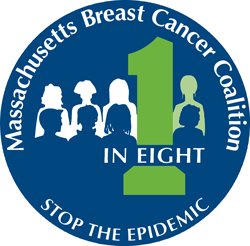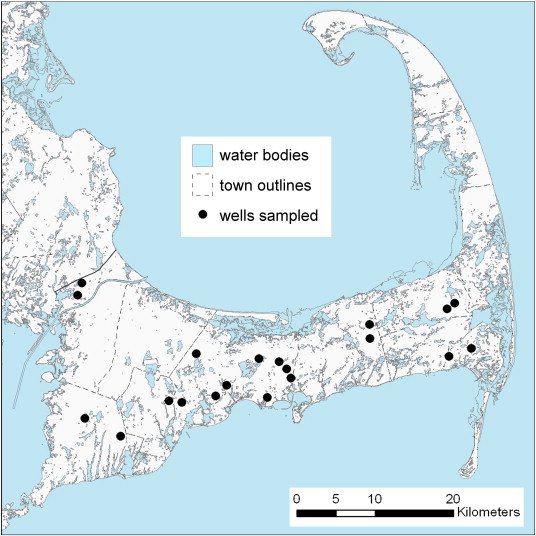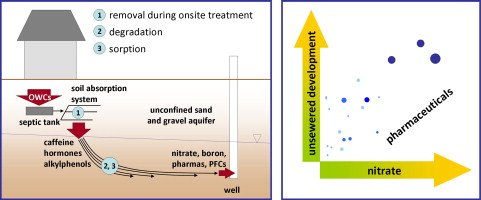In the January 2014 issue of the peer-reviewed journal, Science of The Total Environment, Silent Spring Institute researchers published results of their most recent water quality research. Researchers tested 20 public water wells for 92 different wastewater-related contaminants. The most frequently detected contaminants were pharmaceuticals and perfluorosurfactants (used in many consumer products including food packaging, non-stick and stain resistant products, and more).
Concentrations of these contaminants was correlated to the presence of nitrates and boron and extent of unsewered residential and commercial development in the area. This indicates that septic systems might be the primary source of these contaminants on Cape Cod (though wastewater treatment plants and other sources could contribute as well).
The authors report that the presences of mixtures of these chemicals in drinking water is a cause for concern for human health impacts. They also note that knowledge of these risks is limited due to a lack of existing health-based guidelines.
ADDITIONAL INFORMATION:
Pharmaceuticals, Perfluorosurfactants, and Other Organic Wastewater Compounds in Public Drinking Water Wells in a Shallow Sand and Gravel Aquifer, Laurel A. Schaider, Ruthann A. Rudel, Janet M. Ackerman, Sarah C. Dunagan, Julia Green Brody, Science of The Total Environment, Volumes 468–469, 15 January 2014, Pages 384–393.
Video: “Is Your Drinking Water Safe? Silent Spring Institute Water Quality Research,” Dr. Laurel Schaider summarizes Silent Spring Institute’s research.
Press Release: “Contaminants Pervasive in Cape Cod’s Drinking Water Supply, Silent Spring Institute Finds“


